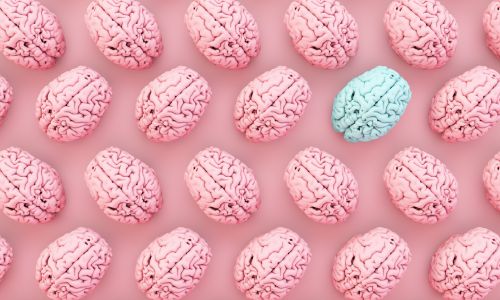What are Learning Differences?
- Learning differences refer to variations in the way individuals process and retain information.
- They are not learning disabilities but represent diverse learning styles and preferences.
- Can include variations in cognitive processing, attention, memory, and organizational skills.
- Some individuals may excel in visual learning, while others thrive in auditory or kinesthetic learning.
- Understanding and accommodating them can enhance educational experiences and improve learning outcomes.
- It is essential to recognize and respect the unique learning needs of each individual to foster inclusive learning environments.
Why are learning differences becoming more acknowledged?
- Increased Awareness: There is growing awareness and understanding of neurodiversity, which recognizes that individuals have different learning styles and cognitive strengths.
- Inclusive Education: The shift towards inclusive education emphasizes the importance of accommodating diverse learning needs to provide equal opportunities for all learners.
- Research and Advocacy: Ongoing research and advocacy efforts have shed light on the importance of recognizing and supporting individuals with various learning styles.
- Personalized Learning: The focus on personalized learning recognizes the need to tailor educational approaches to meet the unique needs of each learner.
- Positive Outcomes: Acknowledging learning differences can lead to improved learning outcomes and academic success for students with diverse needs.
- Equality and Inclusion: Acknowledging them promotes a more inclusive and equitable educational environment for all students.
- Empowerment: Individuals are empowered to embrace their strengths and challenges, fostering a sense of self-confidence and self-advocacy




